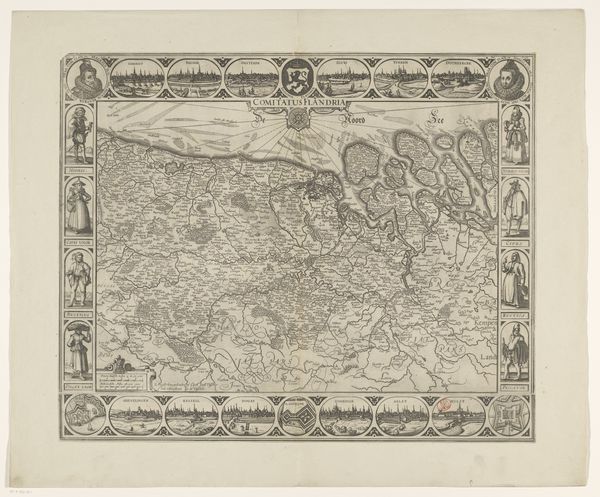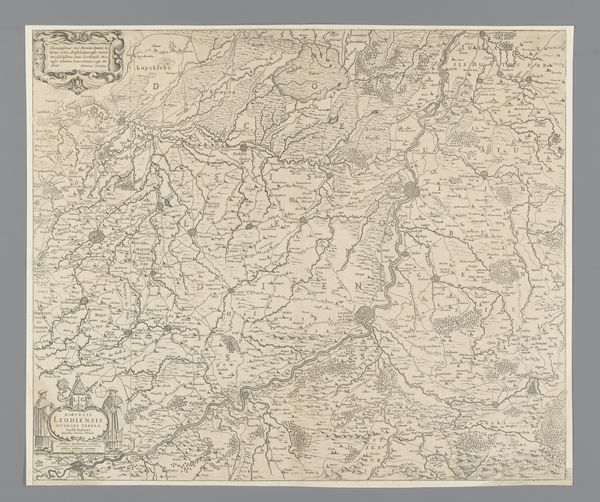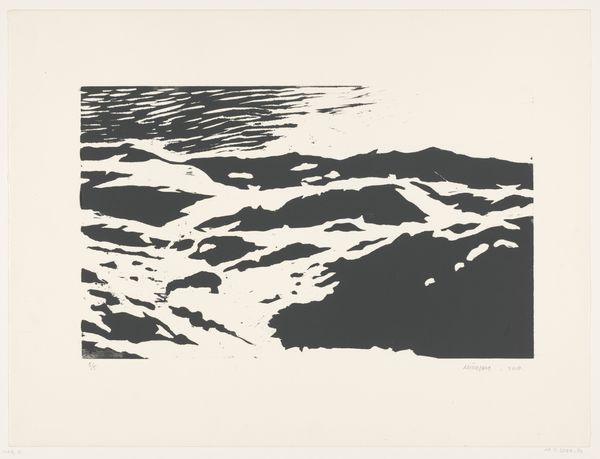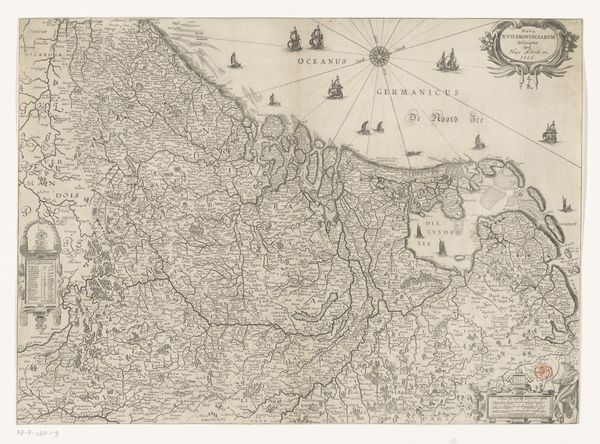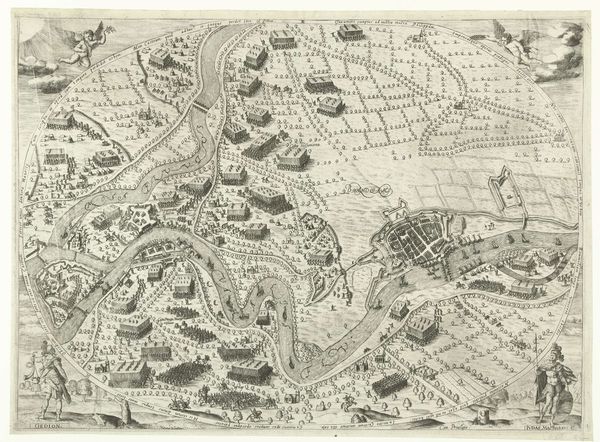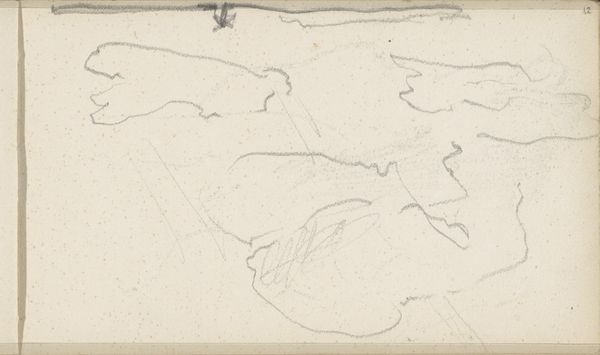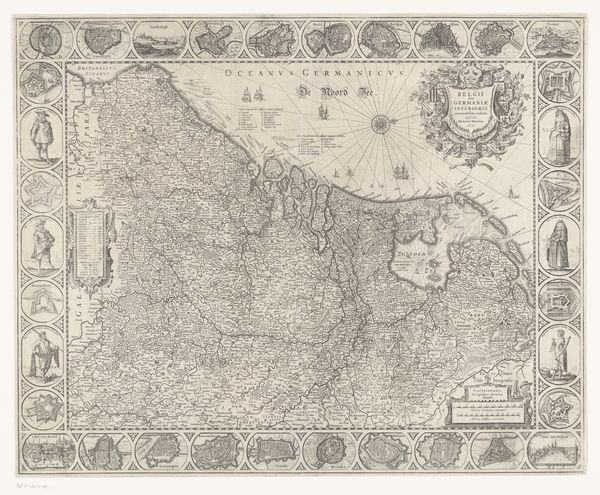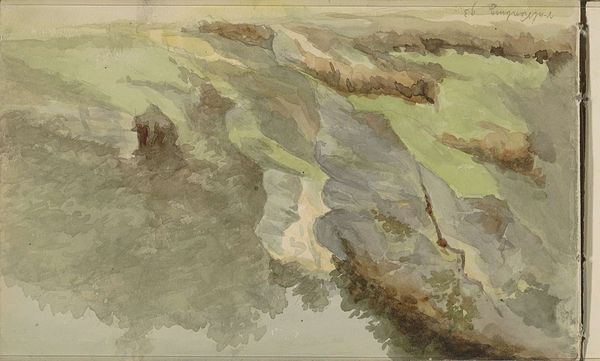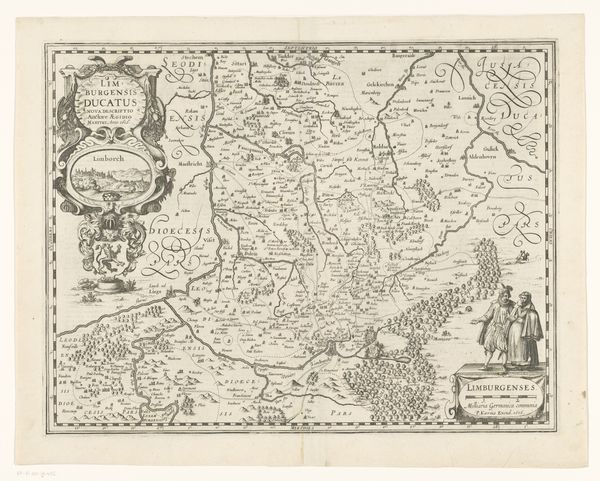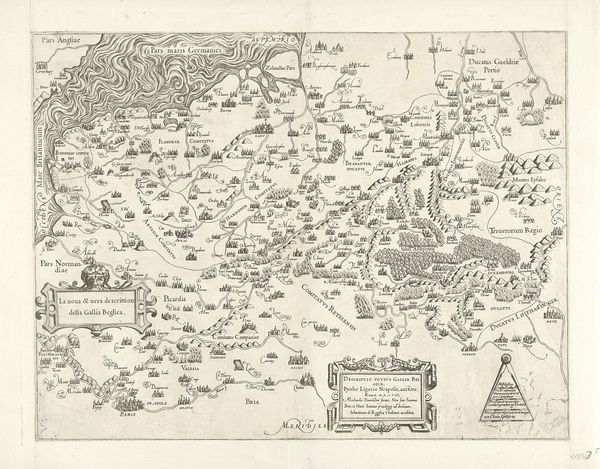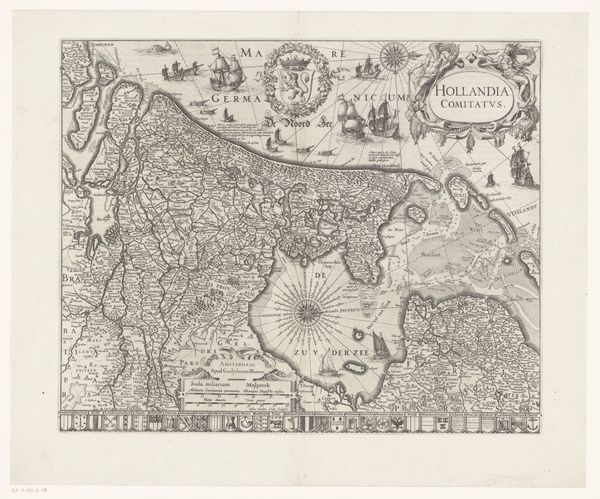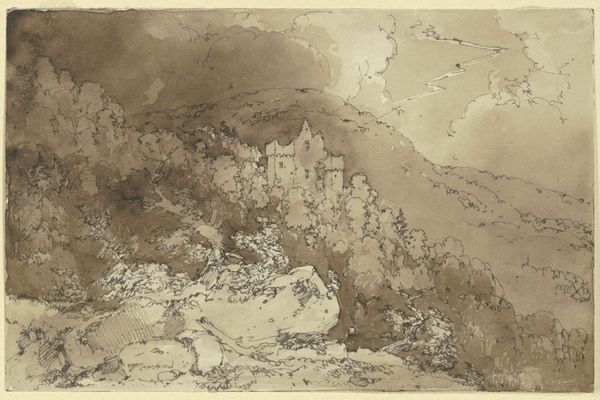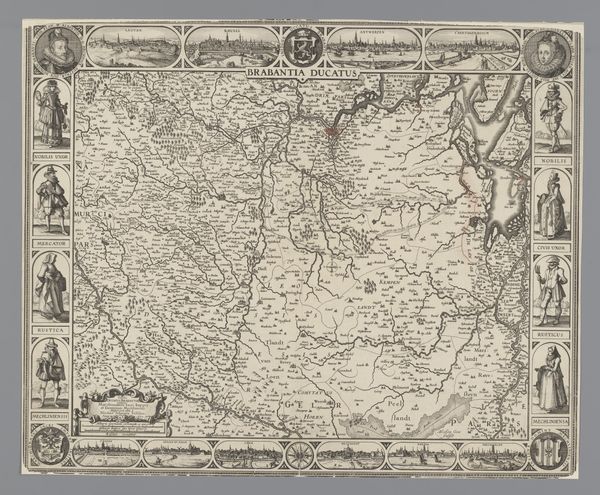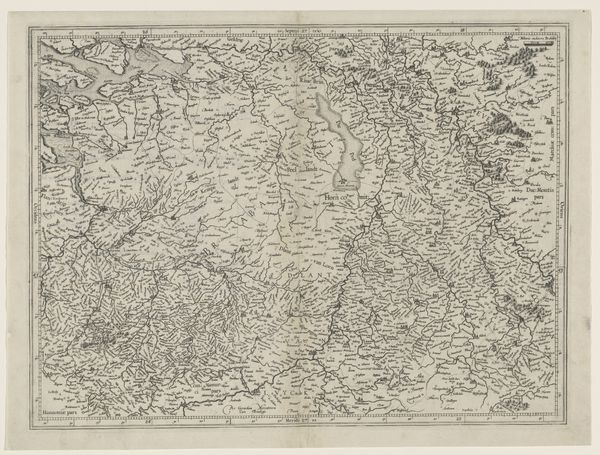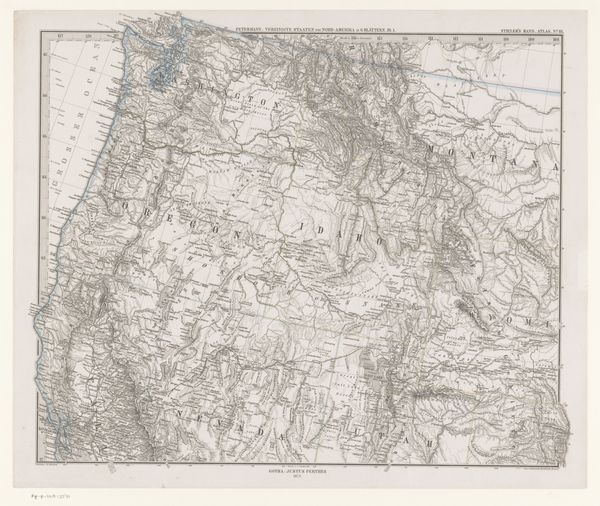
graphic-art, lithograph, print, engraving
#
graphic-art
#
comic strip
#
lithograph
# print
#
linocut print
#
pen work
#
engraving
Dimensions: height 484 mm, width 630 mm
Copyright: Rijks Museum: Open Domain
Editor: This is "Noordpool," a lithograph game board made sometime between 1869 and 1907 by Nijgh & Van Ditmar. The thing that strikes me is the way it merges geography with gameplay. How would you interpret this work? Curator: From a materialist perspective, I see a confluence of industrial processes shaping both leisure and perception. The lithograph, a product of mass printing technology, allows for widespread distribution and consumption of this game. It brings the "exotic" and dangerous Arctic expedition into the home, turning exploration into a commodity. Editor: So, the *process* of making the game and its materials affect how people engage with this concept of arctic exploration? Curator: Precisely. Consider the materiality of the board itself. It's cheap, easily produced, designed for repeated use. This speaks to a culture of increasing consumerism where experiences, even imagined ones like navigating the Arctic, are readily available for purchase and discard. The numbered spaces and the illustrations depict a simplified and romanticized version of Arctic exploration. This relates to colonial interests, wouldn’t you agree? The players aren’t scientists, they are "travelers" who visit faraway lands. Editor: It’s fascinating to think about how a seemingly simple game could reflect the complexities of production, consumption, and colonial ideology of the time. Are those cartoon-y bear and people on squares 6 and 14? That might represent natural resources. Curator: Exactly! These elements aren't simply decorative. They're actively shaping understandings of labor, value, and power within the framework of resource exploitation. This little game serves to normalizes this sort of consumer-driven process. Editor: This has given me a new way to consider how everyday objects, and the methods used to produce them, impact broader cultural understandings. I didn’t think the materials were that important, honestly. Curator: Considering the conditions under which something is made always teaches you something new.
Comments
No comments
Be the first to comment and join the conversation on the ultimate creative platform.
